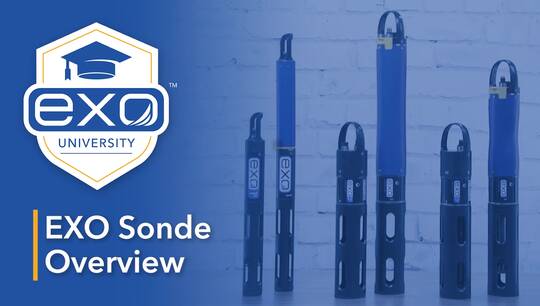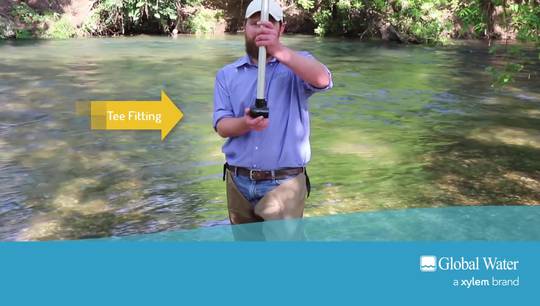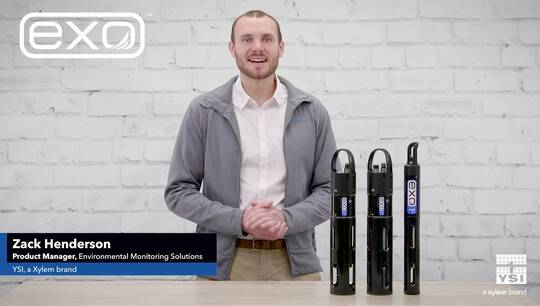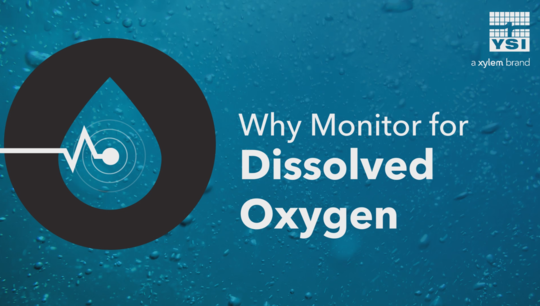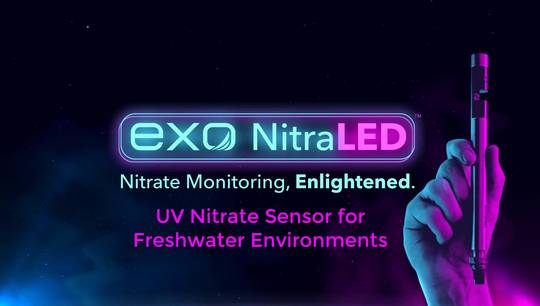EXO2s Sonde Unboxing & Overview
Hi, this is Zack Henderson, product manager for YSI, a Xylem brand. And today, I'm super excited to do an unboxing video for our brand new EXO2s Sonde. The first thing you might notice about this is the size difference. Here is your standard EXO2 box size comparison with the EXO2s box. Definitely saves on space and shipping.
When you open up the box, the first thing you'll be greeted with is our quick start guide. It's front and back. You will receive a maintenance kit that includes a syringe for cleaning the depth sensor, and also a couple magnetic sensor installation and removal tools.
In addition, we have our lubricant and a spare bulkhead O-ring. This lubricant is absolutely critical for making sure our wet-mate connectors stay well lubricated. And then we have a bag with a bunch of port plugs. So we have four sensor port plugs, and then plugs for our main connector ports and our auxiliary port. And then finally, don't lose this, this is the USB drive containing the core software, which you'll use to interface with the sonde. Now let's talk about the main attraction here, the sonde. So this is the EXO2s Sonde. Let me get this box out of the way.
So the EXO2s Sonde, what is the EXO2s? It is the short version of our standard EXO2 Sonde. We basically remove the battery compartment. So you get a much more compact package, but you do have to supply external power. Aside from that, all the benefits of a normal EXO2 are here. So I have a standard EXO2 conveniently set to the side here, so we can get a nice visual on the differences. And as you can see, it is about a 40% reduction in length. It's also a much lighter solution. So for applications that are space-sensitive, if you wanna hide the sonde, it's a much smaller footprint. Drone or AUV applications where weight might be a factor, this would be a better choice. And this is also, you know, much lighter on your budget as well. So as long as you can supply external power, this is gonna be a more cost-effective solution than the sonde here. Also, without the internal battery compartment, you don't have to worry about replacing alkaline batteries. So it's a more sustainable solution as well.
So let's talk about the sonde itself. So on the top, we have the bale and the two main connector ports. We have our power and communication port here. So this is what would be connected to your topside monitoring system, which would allow for communication and supplying external power. We also have our auxiliary port, which you can use to daisy-chain sondes together. You can connect our EXO PAR sensor or a third-party sensor to it. But most of the time, I think most users just plug this port here.
And this is an EXO2, so you get seven sensor ports. Most of the time, a central wiper will be placed in the center port here leaving six universal ports to plug in any EXO sensors you want in your payload. And the central wiper will keep those clean over the course of the deployment. Also, you can see these four holes here, that is our integrated depth sensor. So the depth sensor is built into the sonde here. Another cool thing is on the body of the sonde, it actually tells you how far away the depth measurement is being made from the other sensor measurements. So, I have a DO sensor here, for example, I'm gonna plug in.
So when you're measuring water quality with an EXO, most of the measurements take place right around this area. All the sensing is done here. So it's nice that it tells you how far, especially if it's in a vertical orientation, how far away the depth is being measured versus all the other sensor readings. And with core software, you can actually input an offset for the depth sensor if you wanted to kind of match those up if it's deployed in a vertical orientation. So that's kind of cool. One other thing I wanted to highlight, and this is true for all of our EXO Sondes, is that we use real wet-mate connectors. And what that means is if water was on the connector, splashed or even submerged, ideally, you wouldn't wanna do this, but when you plug a sensor in, there's no risk to it shorting out or anything like that.
Some of our competitors that use LEMO-style connectors with an O-ring seal or a double O-ring seal, that's all well and good but if water gets in that port and you plug the sensor in, those pins are gonna corrode. It's not really a factor here. But something that is important about the wet-mate connectors on the sensor side and on the cable side is keeping them well lubricated. I actually notice, you might see the pins glistening here, the wet-mates come pre-lubricated. So that's cool, but you also want to make sure to periodically apply some of that grease there to keep them well lubricated. So one other really cool use for this would be using it with a handheld for spot sampling applications. Go ahead and just plug this in here. All right. So given this relatively compact form factor and the fact that it has seven sensor ports, you get all the sensor options available on EXO, again, in a relatively compact spot sampling package, much more easier to move around and maneuver than the larger EXO2 Sonde. So EXO2s, definitely consider for spot sampling applications.
And with that, that's pretty much all I have to show you in this video, but if you'd like to learn more, please visit our website at ysi.com/exo.
Learn more on the EXO1s page!


